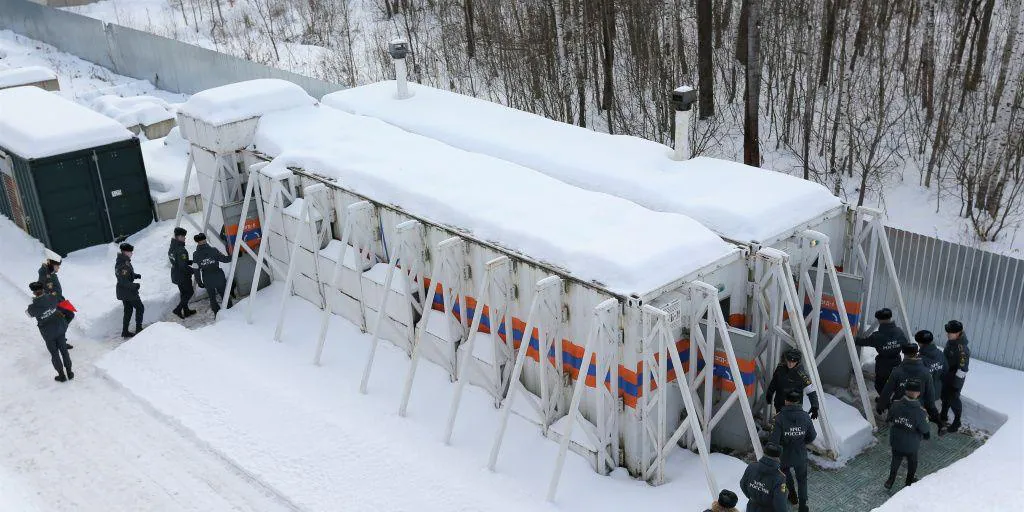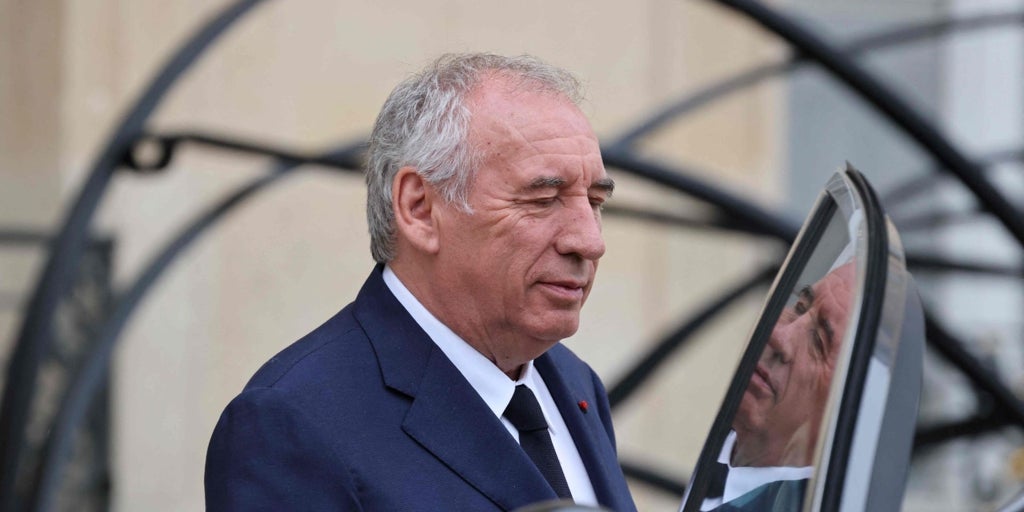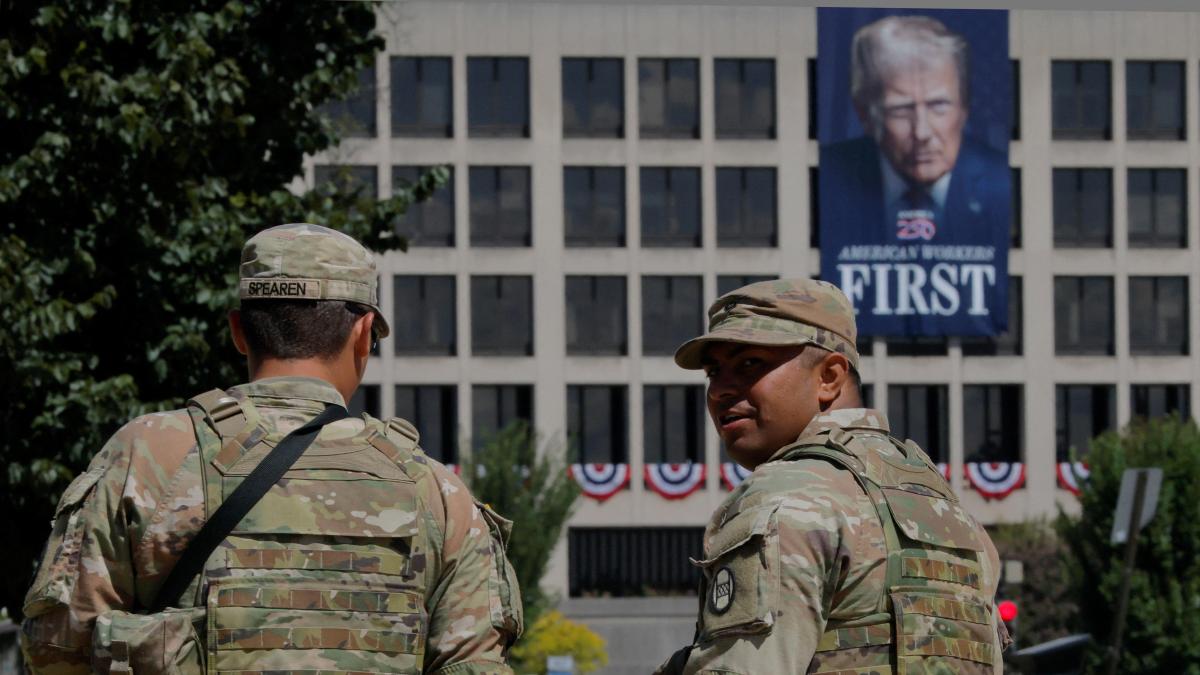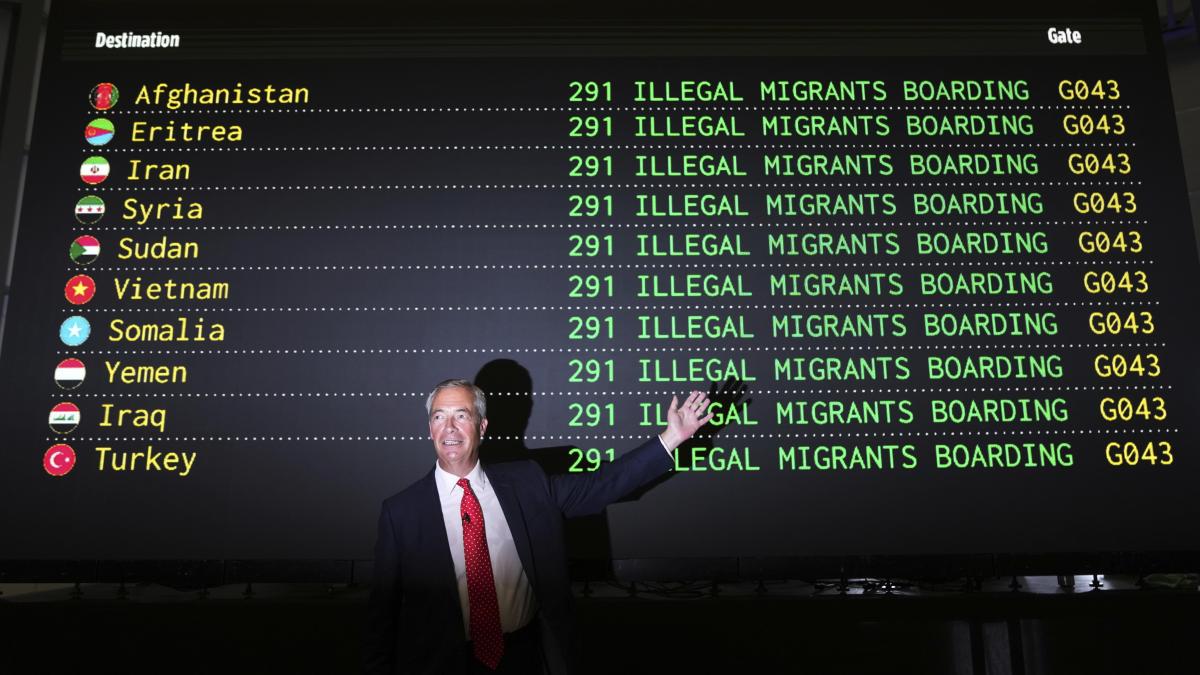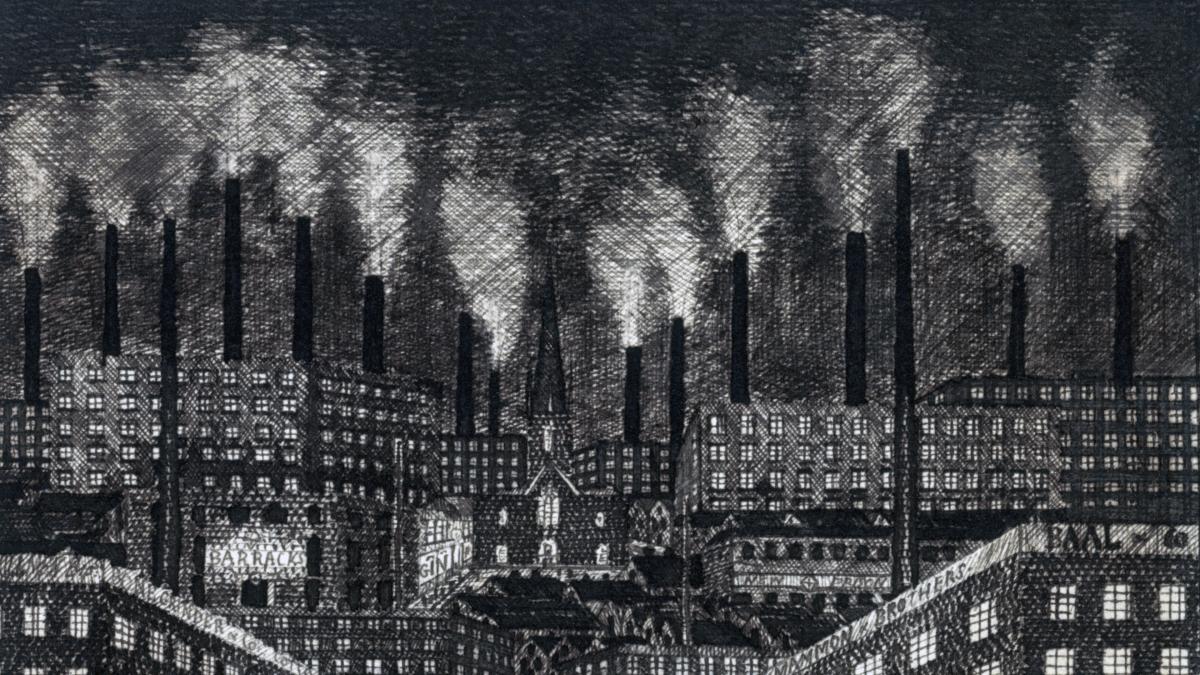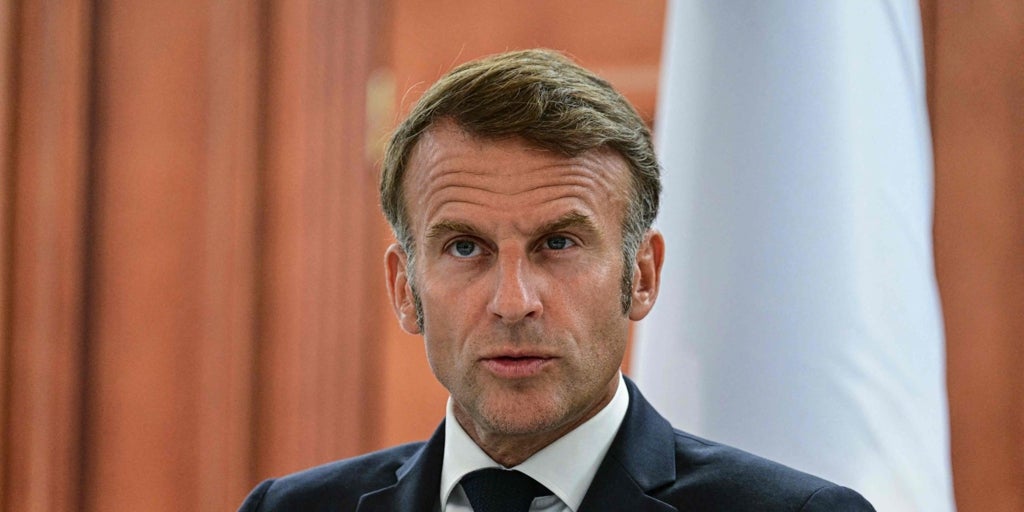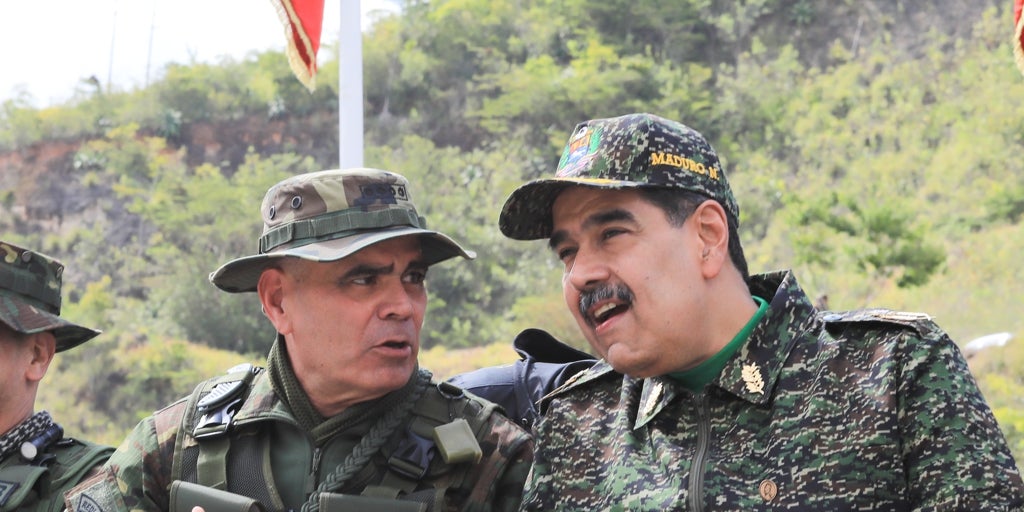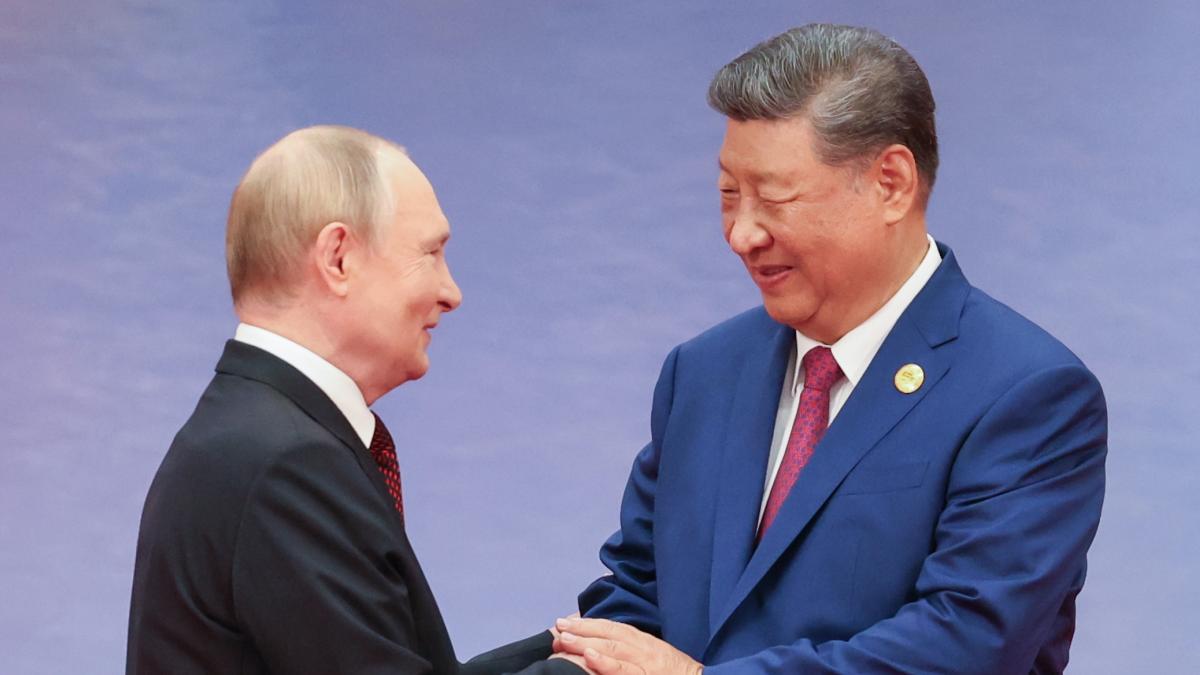In a stunning development that underscores the geopolitical tensions of our time, Russia has initiated mass production of mobile air raid shelters known as the KUB-M, designed to offer protection against the staggering forces of nuclear blasts and other catastrophic threats.
According to the Emergencies Ministry’s research institute, these shelters can shield occupants for 48 hours against various hazards, including explosive shock waves, nuclear radiation, chemical spills, and impending natural disasters. This news is not just another routine announcement; it is a bold statement of Russia’s commitment to national safety amid escalating international tensions.
Moscow’s Calculated Move
The KUB-M shelters look remarkably like reinforced maritime containers, consisting of two core modules: one designed to house up to 54 individuals and a technical block that supports vital functions. The design allows for easy transport via truck and the option to add additional modules as needed. This adaptability points to a clear strategic foresight in preparing for potential future conflicts.
Despite the announcement, officials in Moscow disassociated the production of these mobile shelters from ongoing international crises. The timing, however, seems far from coincidental. Coming just days after the Biden administration greenlit Ukraine’s capability to launch long-range strikes against Russian territories, this initiative raises eyebrows about Russia’s preparedness for possible escalations.
President Vladimir Putin’s recent endorsement of a new nuclear doctrine that lowers Russia’s threshold for nuclear engagement further complicates this narrative. In a chilling sequence of events, the day this doctrine was approved, Ukraine reportedly launched its first attack involving long-range munitions onto Russian soil. This confluence of developments paints a sobering picture of the current geopolitical landscape.
The Multifunctional Design of KUB-M Shelters
The research institute proudly describes the KUB-M as a multifunctional structure capable of protecting from various threats. Not only can these shelters be deployed in response to man-made crises, but they also serve as crucial lifelines during natural disasters. The ability to operate in the permafrost of northern Russia is a clear nod to the unique challenges of the environment, showcasing Russia’s commitment to safety in even the harshest conditions.
Moreover, this design caters to community needs—if an unforeseen disaster strikes, these shelters can swiftly provide essential refuge for the public. They are equipped to connect to water supplies, ensuring that those inside have access to vital resources.
As this arms race of protective measures unfolds, the public perception of these developments remains mixed. For some, the KUB-M represents a necessary advancement in civil safety; for others, it is yet another step further down the perilous road of military escalation.
The Broader Implications of KUB-M Production
This move doesn’t occur in isolation. It reflects a conscious strategy by Russia to brace itself against potential hostilities, a sentiment echoed by defense analysts. The massive stockpile of 5,580 nuclear warheads that Russia possesses—the most extensive arsenal in the world—as of 2024, reveals a nation fortified against threats but also ready to exert its power if provoked.
Moreover, the existence of 1,710 strategically deployed missiles indicates to both allies and adversaries that Moscow will retaliate if it perceives its sovereignty at stake. The production of KUB-M shelters does not only signal preparedness; it also represents a psychological tactic intended to bolster domestic morale while deterrifying adversaries.
An Evolving Geopolitical Landscape
The creation of the KUB-M shelters comes at a time when Russia perceives itself increasingly under threat from Western powers. The long-standing tensions over NATO expansion and military intervention in Eastern Europe have escalated to a point where Moscow feels compelled to reaffirm its nuclear capabilities. In this context, the KUB-M initiative can be seen as deeply intertwined with Russia’s broader military and political strategies.
As geopolitical competition heats up, public safety initiatives such as the KUB-M shelters become critical to understanding how nations intend to navigate these treacherous waters. With the stakes higher than ever, the encroaching shadows of nuclear threats loom larger, reminding citizens that their leaders must balance serenity at home with vigilance against outside forces.
Conclusion: An Ominous Sign of Things to Come
The unveiling of the KUB-M mobile shelters signifies more than just an increase in civil defense measures; it paints a stark picture of the current state of international relations, where defensive posturing and military capabilities are paramount. As nations like Russia ramp up their preparations, the rest of the world must reckon with the reality of potential nuclear confrontations.
As the KUB-M shelters begin to populate the landscape, fears of nuclear proliferation and the very real threats they are designed to counter surge to the forefront of public discourse. What remains to be seen is how these developments will reshape the global balance of power and influence the trends of conflict in the foreseeable future.

